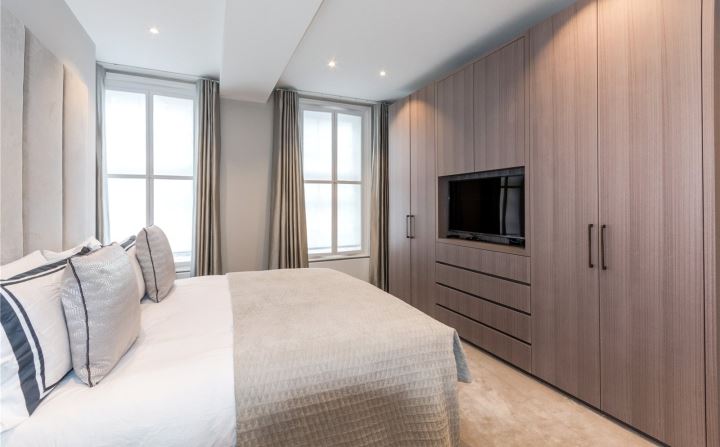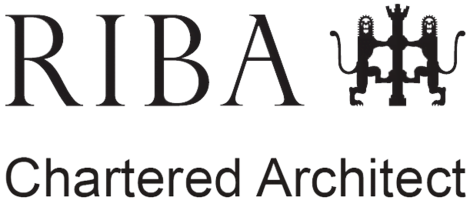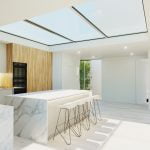
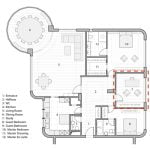
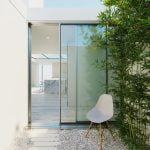



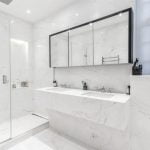
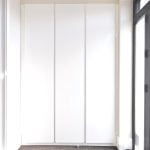
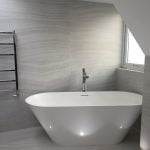
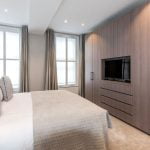
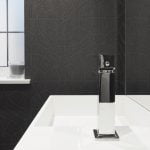
European countries are introducing measures of easements into the new world. We are preparing to come out of the lockdown.
Below we have outlined ten new trends following the three months of Working From Home. WFH has exposed several important needs that “we” in the design, architectural world will need to consider in the foreseeable future.
- The Study – The first and clearly most obvious requirement is a designated WFH space or a Study. This is a separate habitable room with the clear function of working from home. The room does not need to be large; however, it does require good light, accessible stable WIFI, comfortable furniture, a separate landline (possibly), functional storage and stimulating surroundings.
- Terraces or Gardens – Not everyone can afford a beautiful garden; however, the necessity of being able to escape the four walls (but remain at home), drives the need for a functional outdoor space of some design. The terrace or balcony could be dressed with a sitting area to allow an escape to nature or could be used as an entertaining area. Where practicable, the garden may become the congregation point for the family and could potentially be considered as another room of the property. If large enough the garden can be sub-divided into smaller spaces with different functions including areas for alfresco dining, workouts, kids play, relaxation, etc.
- Acoustic Insulation – Under the current building regulations acoustic insulation is required formally between properties including between floors and conjoined rooms. It is however likely that we will see rise in demand for acoustic insulation throughout the house in order to support the segregation of children’s playrooms and rooms where noisy games, music or entertainment should be confined.
- Functional Storage – With the appearance of the pandemic coinciding with the spring, many of our clientele spent time organising their houses, garages, and laundries. Having a clean space where you have the feeling of control is best achieved through efficient organisation. During the darkest hours of the pandemic the psychological effect of trying to retain control was observed by irrational purchasing of supplies and obsessive cleaning. A new strategy to manage these issues comes in the form of streamlined and efficient approaches to storage. Architects and designers can showcase their skills and talents through the design of storage spaces that employ flexible solutions which use space more efficiently and effectively.
- Clutter – Through this pandemic we have seen how difficult and time consuming it has been to maintain clean surfaces when managing numerous objects. Surveying this complexity, we are driven into a minimalist view and our perspectives toward surrounding ourselves with less but more practical objects impacted. The minimalist movement is based on simplicity and it will gain traction from being a fashionable statement into a practical strategy that is earth friendly, economical and functional.
- The Entrance Hall – The value of lobbies, entrances or vestibules has been highlighted due to the need for a place to remove external clothes, to conduct disinfection, and/or to receive people and deliveries before entering. These rooms act like an airlock between the outside world and the family’s bubble. Like a mask they need to be designed to reduce the potential of transfer while also being functional and welcoming.
- The Laundry Room – With the stay at home and the household in full operation, the need for a dedicated functional laundry room is confirmed. Having a separate room where cleaning, disinfection, laundry and drying can occur without interfering with daily activities is crucial. Design of these rooms should align with the latest trends where combined washing and drying facilities are away from living spaces but accommodate sufficient storage.
- Relaxation – With the inability to escape it has become critical to be able to relax within your home. We are seeing a surge in requests to incorporate zen like bathrooms, spa inspired bedrooms and tranquil withdrawal spaces where one can retire from the intensity of family or from the pressures of work. These spaces need to provide a much-needed escape and be designed with quietness, tranquility and comfort in mind.
- Staying Home – With the continuation of mandated quarantines after travelling to foreign countries and increased travel costs, a drive towards domestic tourism is a reality. This will impact local businesses through requests to accommodate foreign attractions and/or experiences enjoyed abroad into domestic settings. Elements such as local hotels offering Thai inspired spa boutique experiences, restaurants that provide Spanish themed evenings or even local cocktail bars that display Mediterranean garden lighting will require local design and construction resources to think and work out of the normal cultural box.
- General hygiene – On an urban scale we will see the rise for more washing and disinfection facilities to ensure cleanliness. The requirement and the provision of hygienic spaces will be in demand for the foreseeable future and will drive the need for establishments to install and maintain “stations” in high traffic areas. These stations need to be designed to ensure proper distancing while also being easy to maintain and manage.
